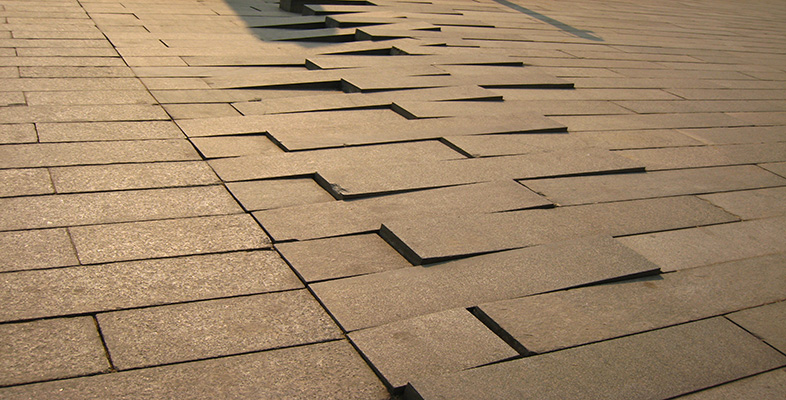5 Plate driving forces
5.1 Why do plates move?
One of the key questions associated with plate tectonics is why plates move and what drives them. Plate tectonics is an expression of the thermal state of the Earth's interior and is the way that the Earth is currently losing a large proportion of its internal heat. Hot lithosphere generated at constructive plate boundaries loses its heat to the oceans, atmosphere and, ultimately, space by conductive cooling as it ages and spreads away from the ridge before being recycled into the mantle by subduction. It is perhaps, tempting to relate this cycling of material to a convective cycle, with hot material upwelling beneath ocean ridges and cold material sinking in subduction zones.
Question 23
Can you think of a reason why this might not be the case?
Answer
Plate boundaries migrate over time and it is unlikely that convection cells within the mantle would migrate with them.
The migration of plate boundaries across the surface of the Earth means that they are not firmly fixed into the underlying convective motions of the mantle - from our analysis of real plate motions mantle convection is more likely to be related to the location of hot spots and mantle plumes. So what, then, drives the plates? An answer to this question may lie in an analysis of the forces acting on plates, both on their undersides and at their boundaries.
